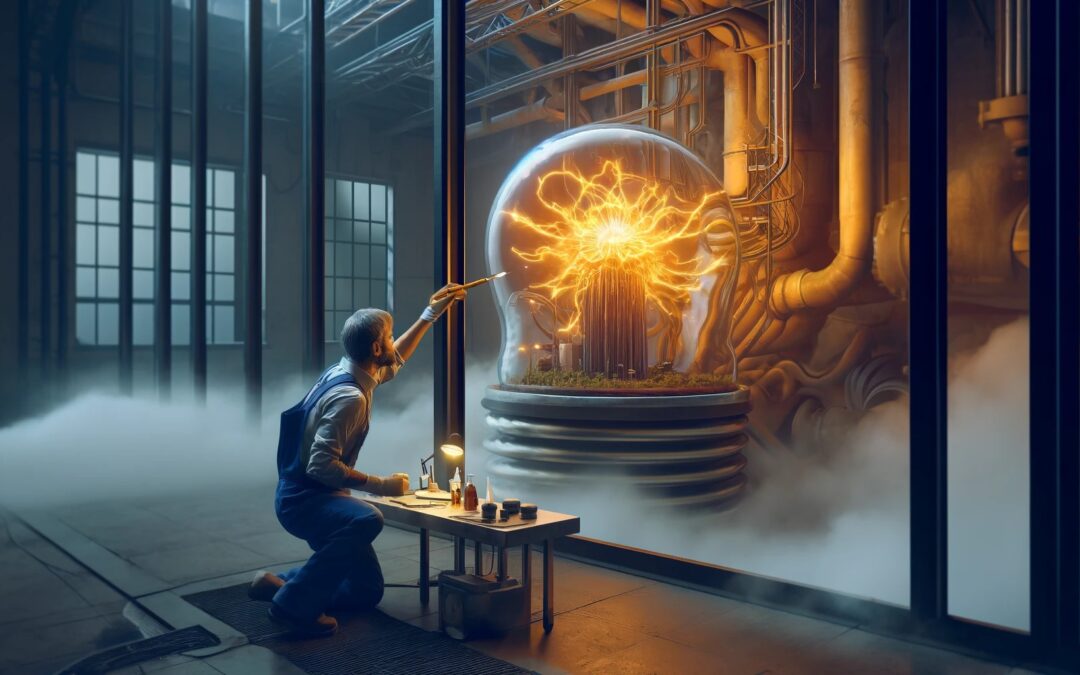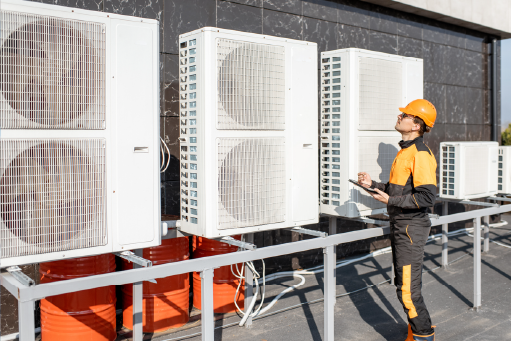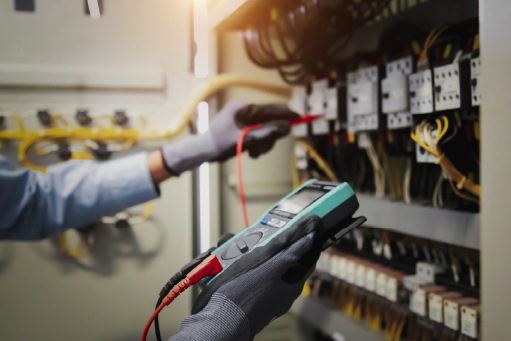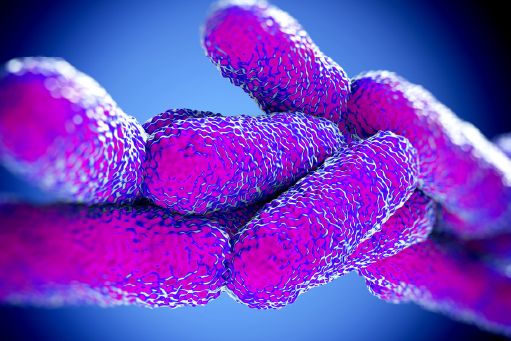
by 7NOX Team | Apr 22, 2024 | Maintenance, Technology, Tips
In the world of facility management, maintenance teams often find themselves facing problems that seem straight out of a puzzle book. From wildlife intrusions to ancient plumbing mysteries, the path to a solution requires not just technical skills, but creativity,...

by 7NOX Team | May 8, 2023 | Cybersecurity, HVAC, Smart Buildings
Building automation systems (BAS) or “smart buildings”, are increasingly popular in commercial and industrial buildings. Why? Because they improve energy efficiency and reduce costs by integrating and automated systems such as lighting, HVAC, and security. While these...

by 7NOX Team | Mar 9, 2023 | HVAC, Smart Buildings, Training
As technology continues to advance, building automation systems have become increasingly popular in commercial and residential spaces. Like our vehicles and homes, many of the systems that run commercial and industrial buildings have become automated. Automation...

by 7NOX Team | Feb 24, 2023 | Energy Management, Maintenance, Sustainability
Heating, ventilation, and air conditioning (HVAC) systems are a critical component of any building’s infrastructure. They are responsible for maintaining indoor air quality and ensuring a comfortable environment for building occupants. However, HVAC systems can...

by 7NOX Team | Feb 2, 2023 | Energy Management, HVAC, Save Time
Fault detection and diagnostics (FDD) is the process of identifying and analyzing malfunctions or failures within a building’s systems to detect and diagnose faults as early as possible. Early detection minimizes the impacts of downtimes, prevents future failures, and...

by 7NOX Team | Jan 19, 2023 | Chillers, COVID-19, HVAC
If COVID-19 taught facilities managers and building engineers anything, it’s the importance of proper design and maintenance of air and water systems for stopping the spread of pathogens. But aside from Coronavirus, there are other deadly bugs we need to control...







